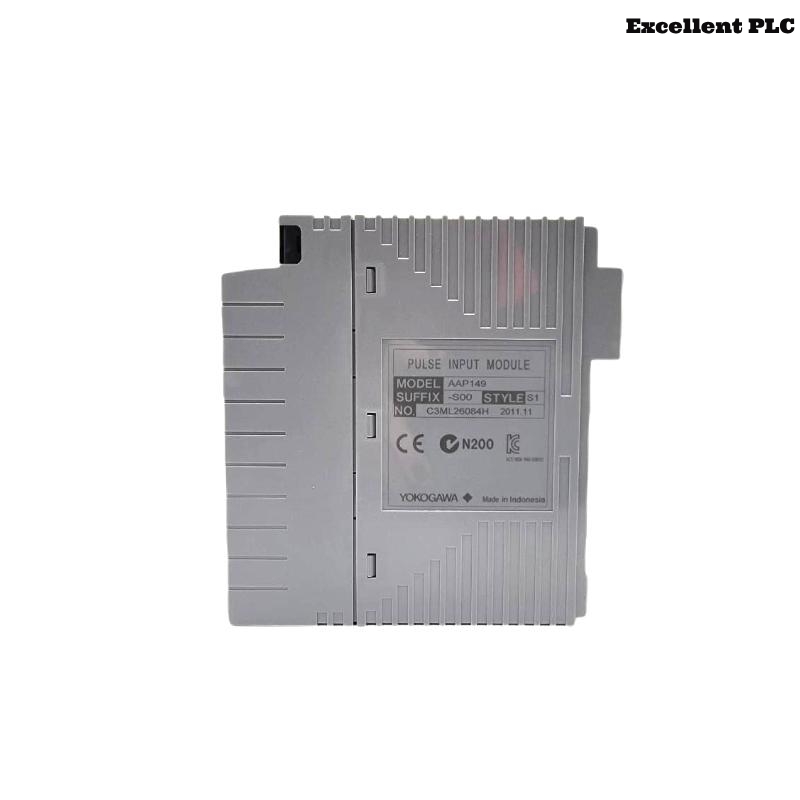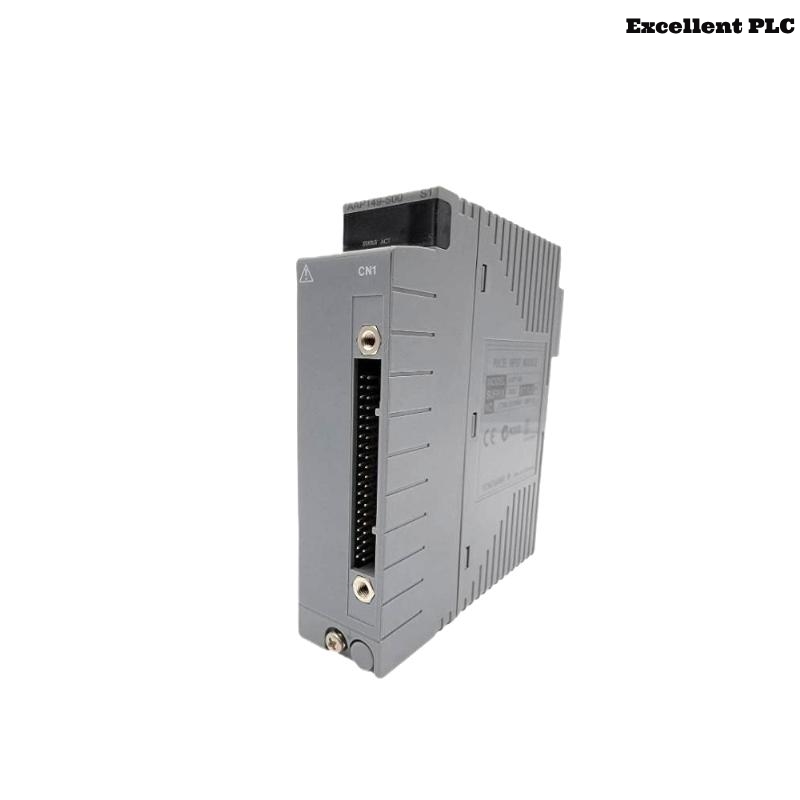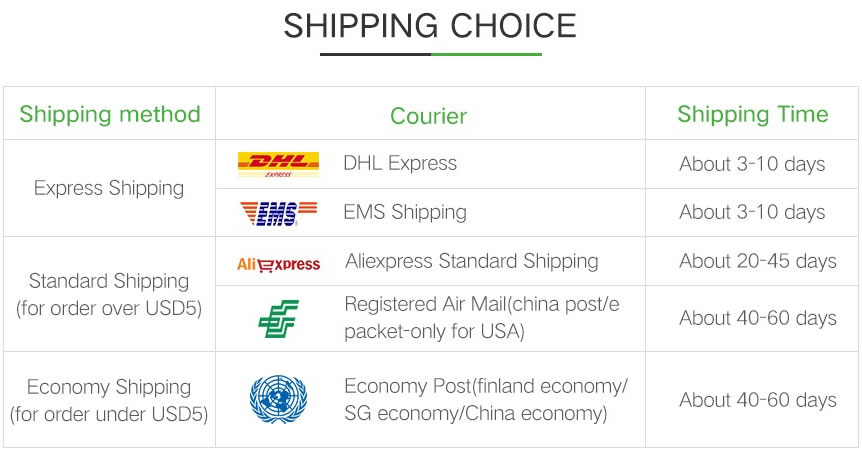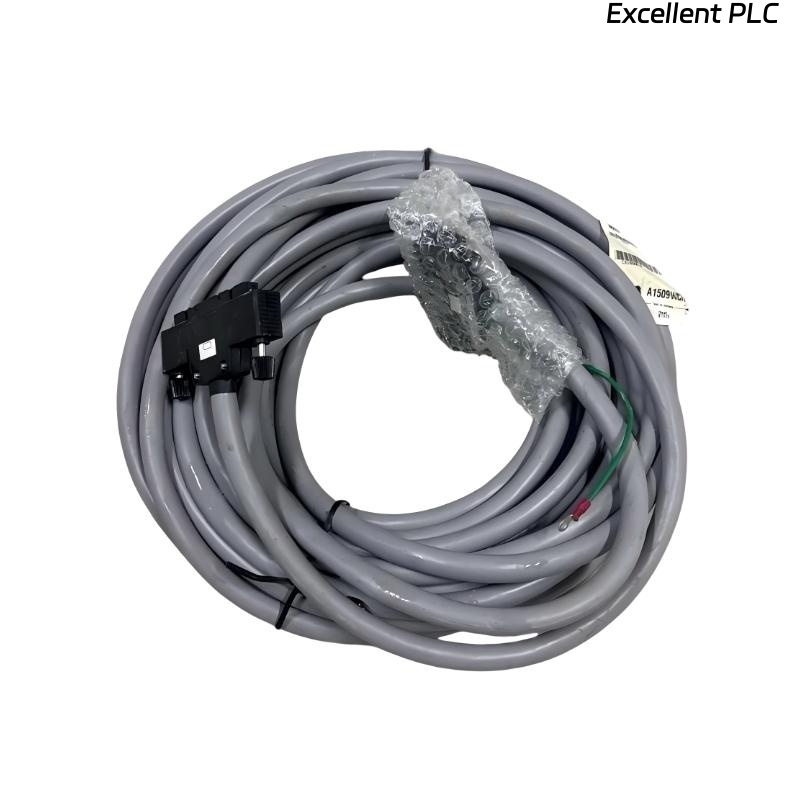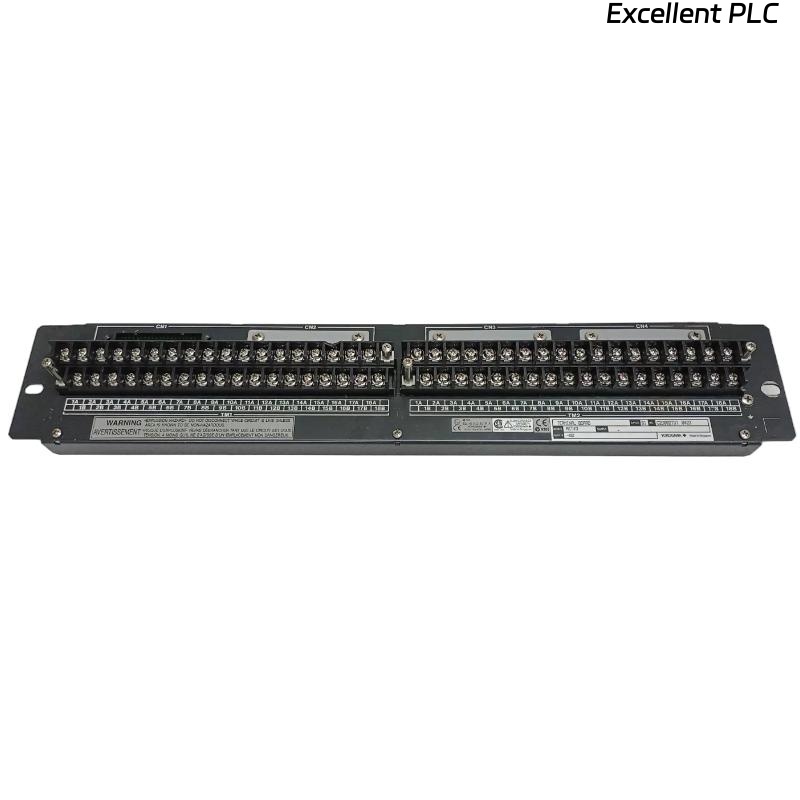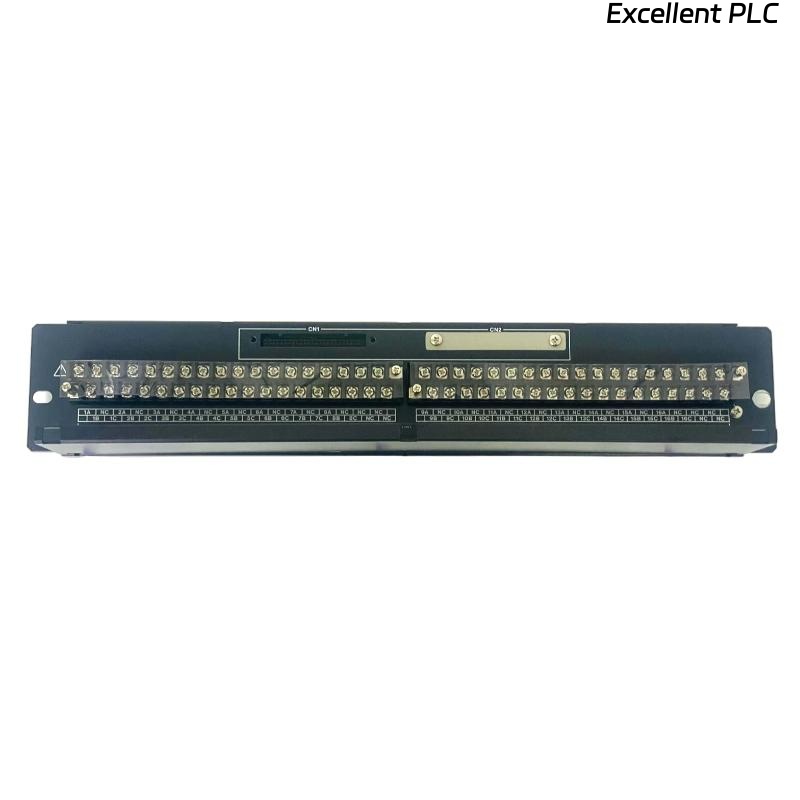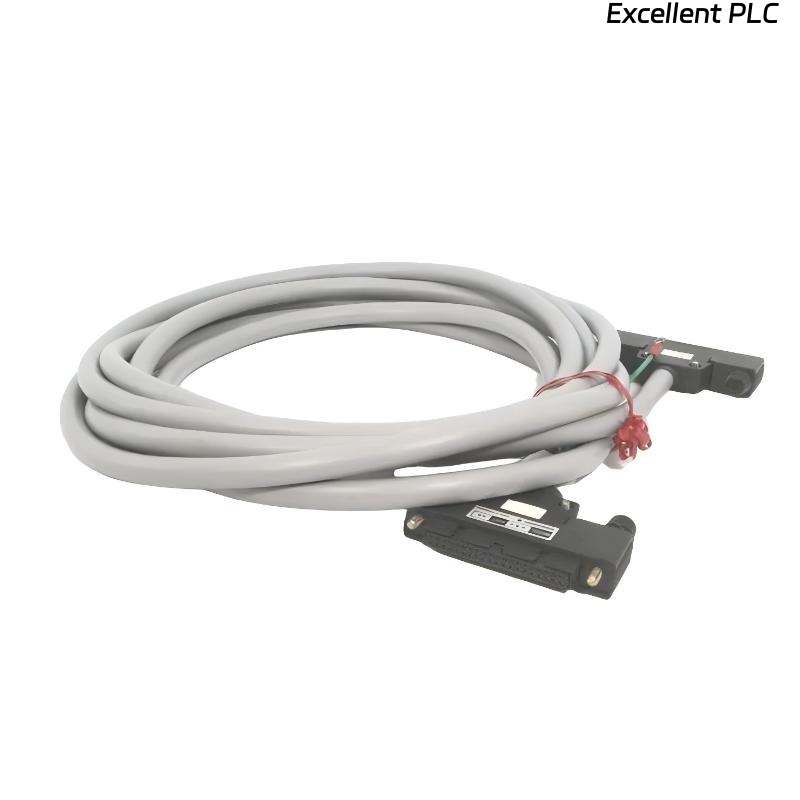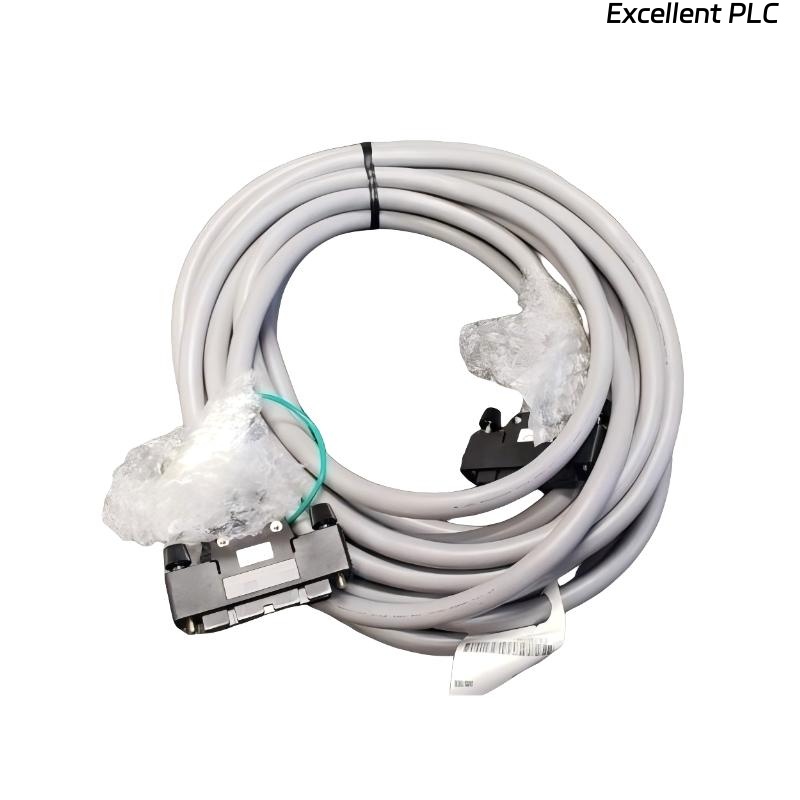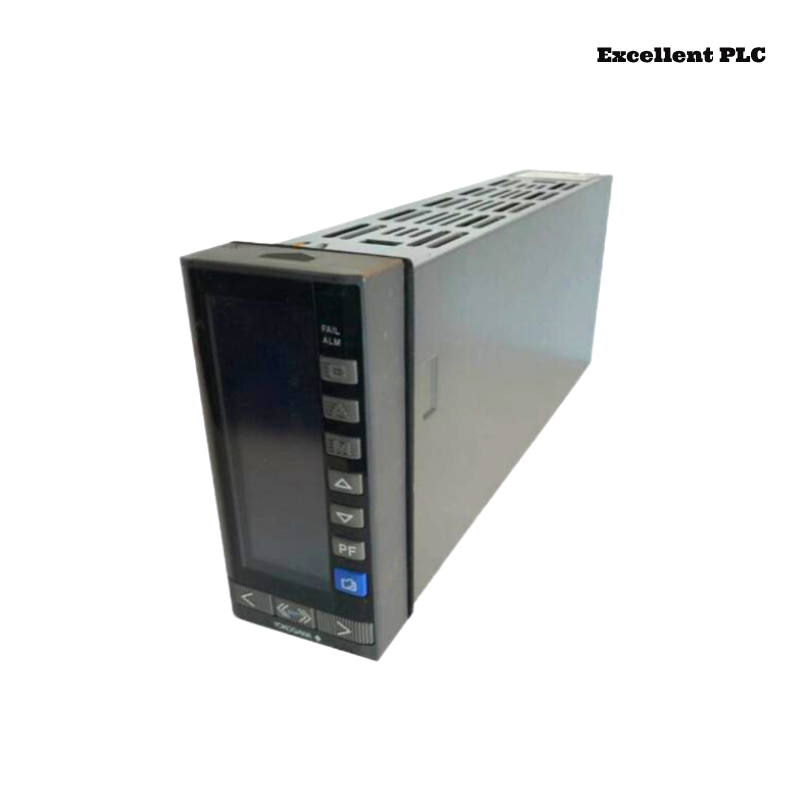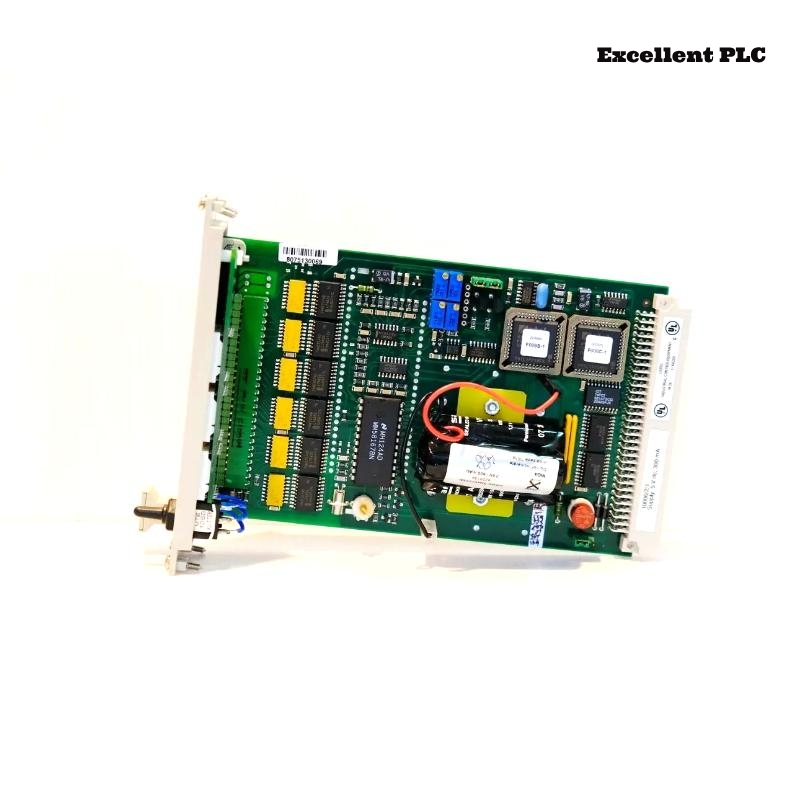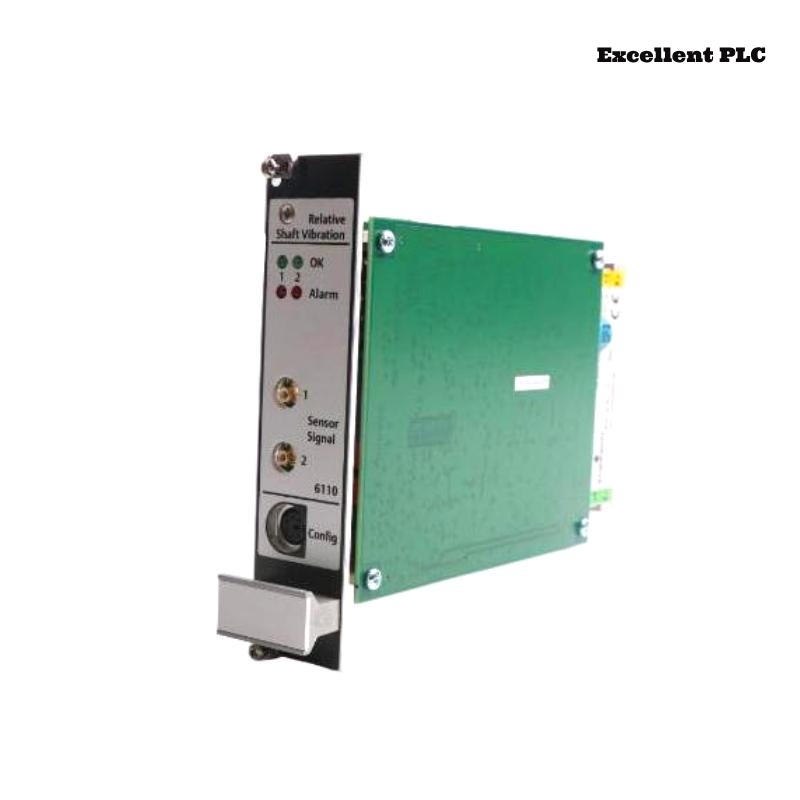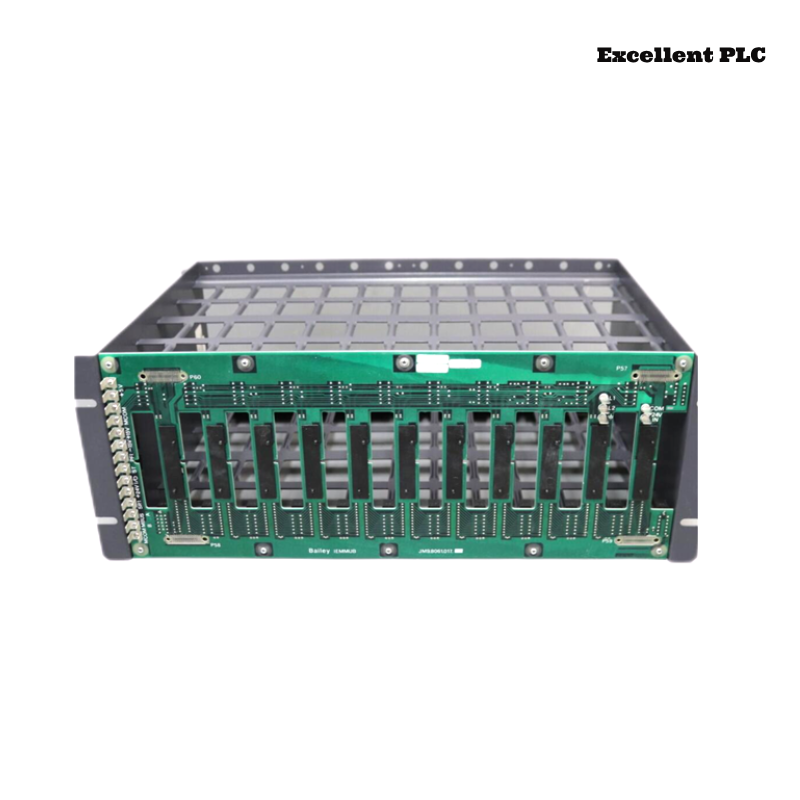| Company Information | ||||||||
| [email protected] | ||||||||
| Mobile | +8613666033393 | |||||||
| +8613666033393 | ||||||||
| 13666033393 | ||||||||
| Add | Room 1004, No. 62 Xiangxiu Li, Siming District, Xiamen City, Fujian Province, China | |||||||
Product Introduction
The Yokogawa AAP149 Pulse Input Module is a high-performance input interface designed specifically to acquire and process pulse-type signals from field devices such as flow meters, encoders, and position sensors. As part of Yokogawa’s advanced input/output module range, it offers reliable and high-speed signal capturing for critical industrial processes that depend on accurate event or flow counting. It is ideally suited for systems within power generation, water management, oil and gas, and other process automation sectors.
The AAP149 excels in applications where precision timing and frequency detection are paramount. The module supports a wide range of pulse types—open collector, contact, and voltage pulses—and provides galvanic isolation between channels and the backplane to ensure signal integrity in electrically noisy environments.
Technical Specifications
| Parameter | Specification |
|---|---|
| Model | AAP149 |
| Manufacturer | Yokogawa |
| Input Type | Pulse input (contact, voltage, open collector) |
| Number of Channels | 8 independent input channels |
| Input Signal Range | 5 V to 24 V DC |
| Max Input Frequency | 10 kHz |
| Minimum Pulse Width | 50 μs |
| Input Isolation | Channel-to-backplane optical isolation |
| Power Supply Voltage | Supplied via system backplane (typically 24 V DC) |
| Power Consumption | Approx. 3.5 W |
| Diagnostics | Signal loss, out-of-range, wiring fault |
| Protection | Over-voltage, reverse polarity |
| Operating Temperature | -20°C to +60°C |
| Humidity Range | 5% to 95% RH, non-condensing |
| Mounting Type | DIN rail or rack-mounted |
| Dimensions (W × H × D) | 127.2 x 32.8 x 130 mm |
| Weight | 0.3 kg |
| Compliance | CE, RoHS, UL |
| Country of Origin | Japan |
Applications
The AAP149 Pulse Input Module serves a wide array of industrial applications where precise event or frequency data must be collected and analyzed:
-
Flow Measurement: Used in conjunction with turbine or positive displacement flow meters to track volumetric flow in water treatment, chemical, and oil industries.
-
Speed Monitoring: Measures RPM of rotating equipment like turbines, motors, and conveyors in power plants and manufacturing.
-
Batch Control Systems: Captures pulse data for controlled dispensing and filling operations.
-
Energy Metering: Works with pulse-output energy meters to log power usage.
-
Packaging & Labeling: Monitors count signals from photoelectric sensors to synchronize operations.
-
Instrumentation Integration: Interfaced with devices like limit switches or counters for automated feedback loops.
Advantages
-
High-Speed Input Capability: Handles frequencies up to 10 kHz, enabling accurate high-speed signal processing.
-
Multi-Type Signal Compatibility: Accepts various pulse types, increasing flexibility in field device selection.
-
Optically Isolated Channels: Each channel is independently optically isolated, enhancing signal integrity and system protection.
-
Integrated Diagnostics: Built-in fault detection alerts operators to disconnection, wiring errors, or signal loss.
-
Compact and Rugged Design: Small footprint and high vibration/shock resistance make it ideal for tight and tough environments.
-
Seamless System Integration: Compatible with Yokogawa CENTUM and STARDOM control platforms as well as standard fieldbus networks.
Frequently Asked Questions (FAQ)
1. What types of signals are supported by the AAP149 Pulse Input Module?
It supports contact input, open collector, and DC voltage pulse inputs ranging from 5 V to 24 V.
2. How many input channels does the AAP149 have?
It features 8 independently isolated input channels.
3. What is the maximum pulse frequency the module can handle?
The AAP149 can process input frequencies up to 10 kHz.
4. Can the module detect a loss of signal or fault condition?
Yes, the module includes diagnostics for signal loss, wiring faults, and input errors.
5. Is the module suitable for high-humidity environments?
Yes, it operates in 5%–95% RH non-condensing environments.
6. What mounting methods are available for the AAP149?
It supports both DIN rail and rack mounting, depending on system configuration.
7. Does the module comply with international certifications?
Yes, it is CE, RoHS, and UL compliant.
8. Can it be integrated with third-party flow meters?
Yes, as long as the flow meter provides compatible pulse signals.
9. What protections are included in the design?
The module includes over-voltage and reverse polarity protection features.
10. Is the AAP149 hot-swappable within the I/O rack?
Yes, in most Yokogawa platforms it can be replaced without powering down the entire system.
Recommended Related Models (Same Series / Function)
| Model Number | Description | Signal Type | Channels | Dimensions (mm) | Weight (kg) |
|---|---|---|---|---|---|
| AAP147 | Pulse Input Module with Low Frequency | Pulse (1 kHz max) | 8 | 130 × 30 × 100 | 0.45 |
| AAM50 | Analog Current Output Module | 4–20 mA | 8 | 130 × 30 × 100 | 0.40 |
| AAI141 | Analog Input Module | 4–20 mA | 16 | 130 × 30 × 100 | 0.40 |
| ADV151 | Digital Output Module | 24 V DC | 32 | 130 × 30 × 100 | 0.40 |
| AAB841 | Digital Input Module | 24 V DC | 16 | 130 × 30 × 100 | 0.38 |
| AAI835 | High-Speed Analog Input Module | 4–20 mA | 16 | 130 × 30 × 100 | 0.42 |
Popular Yokogawa Modules
| Model Number | Description | Function | Channels | Dimensions (mm) | Weight (kg) |
|---|---|---|---|---|---|
| AAI143 | Analog Input Module | 4–20 mA | 16 | 130 × 30 × 100 | 0.40 |
| ADV151 | Digital Output Module | Discrete Output | 32 | 130 × 30 × 100 | 0.40 |
| AAM50 | Analog Output Module | 4–20 mA | 8 | 130 × 30 × 100 | 0.40 |
| AAB841 | Digital Input Module | 24 V DC | 16 | 130 × 30 × 100 | 0.38 |
| AAI145 | Voltage Input Module | 0–10 V | 16 | 130 × 30 × 100 | 0.40 |
| AAI147 | Thermocouple Input Module | Temperature | 16 | 130 × 30 × 100 | 0.42 |
 Excellent PLC
Excellent PLC


